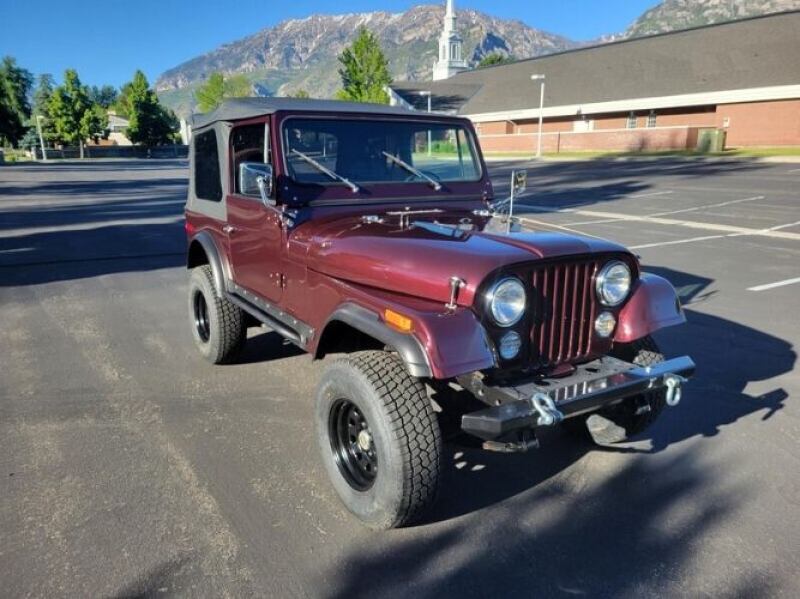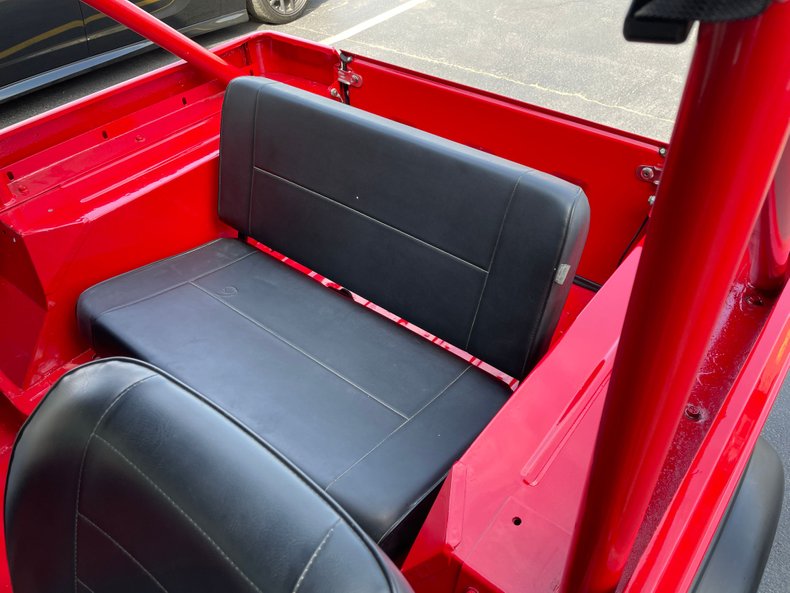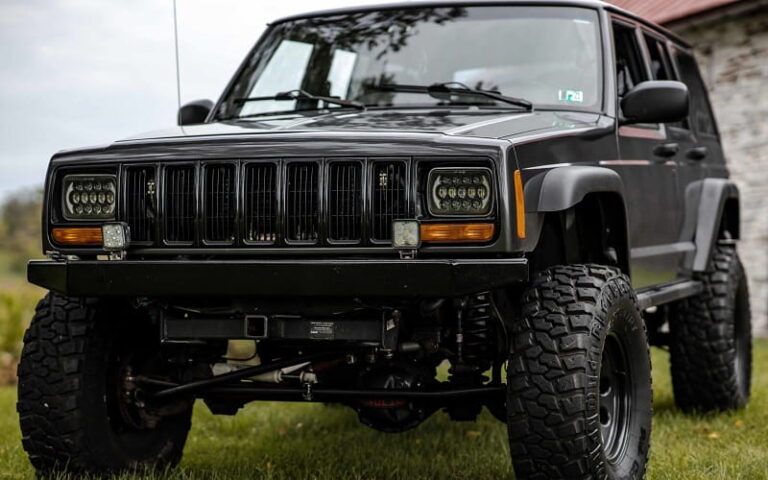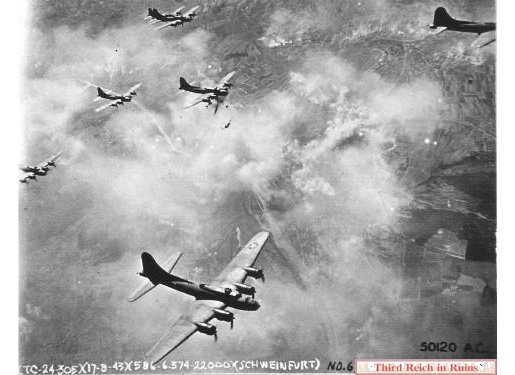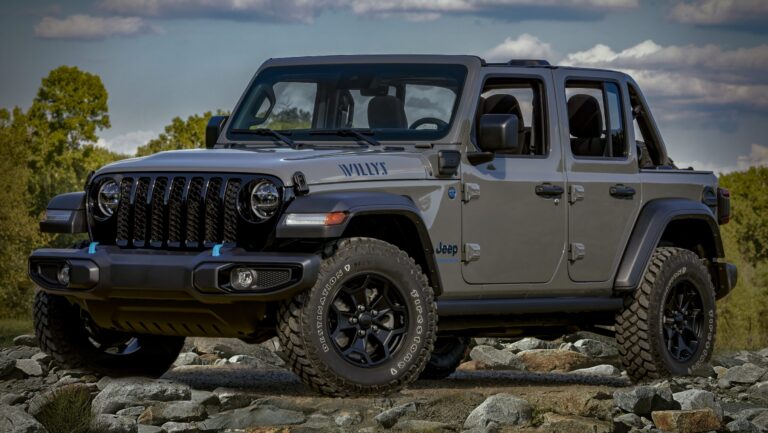1976 Jeep CJ7 For Sale: A Timeless Icon for Your Next Adventure
1976 Jeep CJ7 For Sale: A Timeless Icon for Your Next Adventure jeeps.truckstrend.com
The allure of a vintage vehicle is undeniable, and few classics capture the spirit of freedom and adventure quite like the Jeep CJ7. Among its storied lineage, the 1976 model year holds a special place, marking a pivotal moment in the evolution of this beloved off-road icon. When you encounter a "1976 Jeep CJ7 For Sale," you’re not just looking at a used car; you’re discovering a piece of automotive history, a rugged machine designed for the road less traveled, and a canvas ready for your personal touch. This comprehensive guide will delve into everything you need to know about acquiring, appreciating, and maintaining this quintessential American legend.
The Enduring Appeal of the 1976 Jeep CJ7
1976 Jeep CJ7 For Sale: A Timeless Icon for Your Next Adventure
The Jeep CJ (Civilian Jeep) series traces its roots back to the legendary Willys MB of World War II. By the mid-1970s, the CJ-5 had been a staple for decades, but American Motors Corporation (AMC), then owner of Jeep, recognized the need for a more comfortable and stable platform. Enter the CJ7 in 1976. With its 10-inch longer wheelbase than the CJ5, the CJ7 offered improved ride quality, more interior space, and the capacity for an automatic transmission – features that broadened its appeal beyond hardcore off-roaders to a wider market of adventurers and casual drivers alike.
The 1976 CJ7 stands out as the inaugural year for this popular model, combining the raw, utilitarian charm of its predecessors with subtle modernizations that made it more versatile. Its iconic round headlights, seven-slot grille, and rugged body lines cemented its place as a cultural symbol. For many, the ’76 CJ7 represents the golden era of the CJ line – a perfect blend of classic Jeep aesthetics and enhanced practicality. Its robust construction, simple mechanics, and legendary off-road capability make it a highly sought-after vehicle for collectors, enthusiasts, and anyone looking to recapture a sense of unbridled adventure.
Key Features and Specifications of the 1976 CJ7
Understanding the core specifications of the 1976 CJ7 is crucial for any potential buyer. These details not only define its performance but also help in assessing its originality and potential for modification.
- Engine Options:
- AMC 258 cu in (4.2L) I6: This inline-six cylinder engine was the most common and arguably the most reliable choice, known for its torque and durability. It’s a workhorse, ideal for both street driving and off-road crawling.
- AMC 304 cu in (5.0L) V8: Offered as an upgrade, the 304 V8 provided more horsepower and a distinct exhaust note. While more powerful, it generally consumed more fuel.
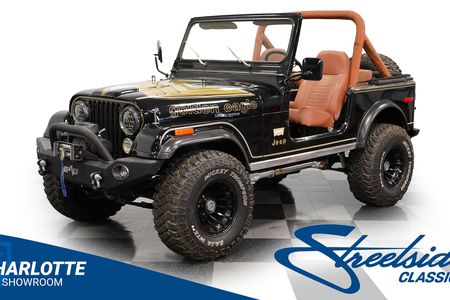
- Transmission Options:
- Manual: Typically a Borg-Warner T-150 (3-speed) or a Borg-Warner T-18 (4-speed, heavy-duty option). Later in the CJ7 run, the T-4 and T-5 (5-speed) became available, but for ’76, the 3-speed was common.
- Automatic: The GM Turbo-Hydramatic 400 (TH400) was available, primarily paired with the V8 engine, offering a smoother driving experience.
- Transfer Case:
- Dana 20 (Part-Time 4WD): The standard transfer case, offering traditional 2WD and selectable 4WD high/low ranges. Known for its robustness.
- Borg-Warner Quadra-Trac (Full-Time 4WD): An innovative full-time four-wheel-drive system that allowed the CJ7 to be driven in 4WD on paved surfaces, offering enhanced traction. While advanced for its time, it can be more complex to maintain than the Dana 20.
- Axles:
- Front: Dana 30 (open knuckle design).
- Rear: AMC 20 (two-piece axle shafts, prone to bending under stress in highly modified applications, but generally robust for stock use).
- Chassis and Suspension: The CJ7 utilized a traditional body-on-frame construction with leaf springs at all four corners, providing excellent articulation for off-road use and a surprisingly compliant ride for its era.
These core components define the driving character and off-road prowess of the 1976 CJ7. Buyers should inquire about which specific configurations are present in a vehicle for sale, as they significantly impact performance and value.
What to Look For When Buying a 1976 Jeep CJ7 (Buyer’s Guide)
Purchasing a vintage vehicle like a 1976 Jeep CJ7 requires a keen eye and a thorough inspection. These vehicles are nearly 50 years old, and their condition can vary wildly.
- Rust, Rust, Rust: This is the absolute biggest enemy of any vintage CJ. Inspect these critical areas meticulously:
- Frame: Pay close attention to the areas around the leaf spring mounts, shackle mounts, skid plates, and behind the front wheels. Rust here can compromise structural integrity.
- Body Tub: Check floorboards (especially under the seats and footwells), rocker panels, fender wells, and the tailgate. Rust-through is common.
- Windshield Frame: Prone to rust, particularly at the bottom.
- Doors and Hood: While less critical, rust can still be present.
- Mechanical Condition:
- Engine: Look for oil leaks, check the oil color, listen for unusual noises (knocks, taps, excessive smoke from the exhaust). A compression test is highly recommended.
- Transmission & Transfer Case: Check fluid levels and condition. Listen for grinding or clunking during shifts (manual) or slipping/hard shifts (automatic). Ensure 4WD engages properly in both high and low ranges.
- Axles & Driveshafts: Look for leaks at the differentials. Check U-joints for play.
- Brakes: Test pedal feel (should be firm, not spongy). Inspect lines, calipers/wheel cylinders, and rotors/drums for wear.
- Steering & Suspension: Check for excessive play in the steering wheel. Inspect ball joints, tie rods, and leaf spring bushings for wear or damage.
- Electrical System: Original wiring can be brittle and problematic. Test all lights, gauges, wipers, and the heater/blower. Look for aftermarket wiring horrors.
- Modifications: Many CJs have been modified. Assess the quality of any aftermarket parts or custom work. A poorly installed lift kit or engine swap can lead to more problems than benefits. Originality often commands a higher price for collectors, while well-executed, tasteful modifications can add value for off-roaders.
- Documentation: Request service records, receipts for parts, and a clear title. A detailed history can provide peace of mind.
- Test Drive: Always test drive the vehicle. Listen for unusual noises, feel for vibrations, check steering response, and evaluate braking performance. Drive it at various speeds and engage 4WD if possible.
Restoration vs. Ready-to-Drive: Navigating the Market
The "1976 Jeep CJ7 For Sale" market offers a wide spectrum of conditions, largely falling into three categories:
- Restoration Projects: These are typically the most affordable. They require significant time, money, and skill to bring them back to life. Expect extensive rust repair, full mechanical overhauls, and interior/exterior refurbishment. Ideal for the dedicated DIY enthusiast with a substantial budget for parts and potential professional help.
- Driver Quality: These CJs are functional and can be driven immediately, but they will likely have cosmetic imperfections, minor mechanical quirks, or require ongoing maintenance. They offer a good balance of affordability and usability, perfect for someone who wants to enjoy a classic Jeep without embarking on a full restoration. Expect to address minor issues over time.
- Fully Restored/Show Quality: These represent the top tier, commanding the highest prices. They have undergone comprehensive, professional restorations, often to original factory specifications or with high-quality custom work. These are turn-key vehicles, ready for shows or light cruising. While beautiful, their value might make heavy off-roading less appealing.
Practical Advice: Define your budget, mechanical skill level, and intended use before you begin your search. A "cheap" project can quickly become an expensive money pit if you’re not prepared for the scope of work involved. Conversely, paying a premium for a show-quality Jeep might be overkill if your goal is to hit the trails every weekend.
Valuation and Pricing Considerations
The price of a 1976 Jeep CJ7 for sale varies significantly based on its condition, originality, mechanical soundness, and modifications. Factors to consider include:
- Condition: This is paramount. A rust-free, mechanically sound CJ7 will fetch a premium.
- Originality: Highly original, unmolested CJs, especially with low mileage (though rare for a ’76), are more valuable to collectors.
- Engine/Transmission Combination: V8 models or those with desirable transmission/transfer case pairings can command higher prices.
- Modifications: Well-executed, quality modifications (e.g., modern engine swap, upgraded suspension) can increase value for some buyers, while poorly done or extreme mods might deter others.
- Documentation: A clear title, service records, and provenance add value and buyer confidence.
- Location: Prices can vary regionally due to demand and climate (less rust in dry climates).
It’s highly recommended to consult classic car valuation guides (like Hagerty or NADA) and compare prices of recently sold CJs in similar condition. A pre-purchase inspection by a qualified mechanic specializing in vintage Jeeps is an invaluable investment.
Owning a 1976 Jeep CJ7: Maintenance and Enjoyment
Owning a 1976 CJ7 is a unique experience. While it won’t offer the creature comforts or refined ride of a modern SUV, it provides an unparalleled connection to the road and the outdoors.
- Maintenance: These vehicles are relatively simple mechanically, making them accessible for DIY enthusiasts. Regular fluid changes, lubrication of U-joints, and inspection of wear items (bushings, brakes) are essential. Parts availability is surprisingly good, thanks to a robust aftermarket industry dedicated to classic Jeeps.
- Driving Experience: Expect a rugged ride, more road noise, and less precise steering than a modern vehicle. However, this is part of its charm. The open-air experience with the top off and doors removed (where legal) is intoxicating.
- Community: The Jeep community is vast and welcoming. Joining local clubs or online forums provides a wealth of knowledge, support, and opportunities for shared adventures.
Embrace the quirks, enjoy the raw driving feel, and be prepared for constant thumbs-up and conversations at gas stations. The 1976 CJ7 is more than just transportation; it’s a lifestyle.
1976 Jeep CJ7 For Sale: Estimated Price Guide
Please note: These are estimated price ranges and can fluctuate based on specific vehicle history, location, and market demand. A professional appraisal is always recommended for an accurate valuation.
| Condition Category | Engine Type (Common) | Transmission (Common) | Key Features/Notes | Estimated Price Range (USD) |
|---|---|---|---|---|
| Project | I6 258 / V8 304 | Manual / Auto | Significant rust, major mechanical issues, incomplete, needs full restoration. | $5,000 – $12,000 |
| Driver Quality | I6 258 / V8 304 | Manual / Auto | Minor rust, runs & drives, may need cosmetic work or minor mechanical attention. | $13,000 – $25,000 |
| Good Condition | I6 258 / V8 304 | Manual / Auto | Minimal rust, strong runner, good paint & interior, well-maintained. | $26,000 – $40,000 |
| Restored/Show | I6 258 / V8 304 | Manual / Auto | Professionally restored, excellent paint/body, new interior, pristine mechanicals. | $41,000 – $70,000+ |
Frequently Asked Questions (FAQ) about the 1976 Jeep CJ7
Q1: Is the 1976 Jeep CJ7 a good daily driver?
A1: While it can be driven daily, it’s generally not recommended for modern commuting due to its lack of modern safety features, less comfortable ride, higher fuel consumption, and slower performance compared to contemporary vehicles. It’s best enjoyed as a weekend cruiser or for specific adventures.
Q2: What’s the best engine for a ’76 CJ7?
A2: The AMC 258 I6 is highly regarded for its reliability, torque, and ease of maintenance, making it an excellent all-around choice. The 304 V8 offers more power but often comes with higher fuel consumption. The "best" depends on your priorities (power vs. economy/reliability).
Q3: How much rust is too much when buying a CJ7?
A3: Any significant frame rust is a major red flag and can be extremely costly to repair safely. Surface rust is manageable, but rust-through on the body tub, especially the floorboards or rocker panels, indicates a project that will require welding and fabrication. Avoid vehicles with compromised structural integrity unless you’re prepared for a full frame-off restoration.
Q4: Are parts hard to find for a 1976 CJ7?
A4: Surprisingly, no! Thanks to a massive aftermarket industry and a dedicated enthusiast base, almost every part for a CJ7, from body panels to mechanical components, is reproduced or readily available.
Q5: Can I modify a 1976 CJ7?
A5: Absolutely. The CJ7 is one of the most customizable vehicles ever made. Lift kits, engine swaps, axle upgrades, and interior modifications are all common. Just ensure any modifications are done professionally and safely.
Q6: What’s the difference between a CJ5 and a CJ7?
A6: The primary difference is the wheelbase. The CJ7 has a 10-inch longer wheelbase (93.5 inches vs. 83.5 inches for the CJ5), which provided more interior room, a slightly more stable ride, and allowed for the installation of an automatic transmission. The CJ7 also introduced an optional molded fiberglass hardtop.
Q7: What is the Quadra-Trac transfer case?
A7: Quadra-Trac was AMC’s full-time four-wheel-drive system, an option on the 1976 CJ7. Unlike traditional part-time 4WD systems that could only be engaged on loose surfaces, Quadra-Trac allowed the vehicle to be driven in 4WD on paved roads, providing continuous traction. It uses a limited-slip differential to distribute power between the front and rear axles.
Conclusion
The 1976 Jeep CJ7 is more than just a classic vehicle; it’s an enduring symbol of American ingenuity, rugged capability, and the spirit of adventure. Whether you’re a seasoned off-roader, a classic car collector, or simply someone yearning for a unique driving experience, a 1976 Jeep CJ7 for sale offers a compelling proposition. By understanding its history, key features, and the critical aspects of buying and owning one, you can confidently embark on the journey of acquiring this timeless icon. It’s an investment in a piece of automotive heritage that promises not just transportation, but an unforgettable ride into the wild heart of freedom.
